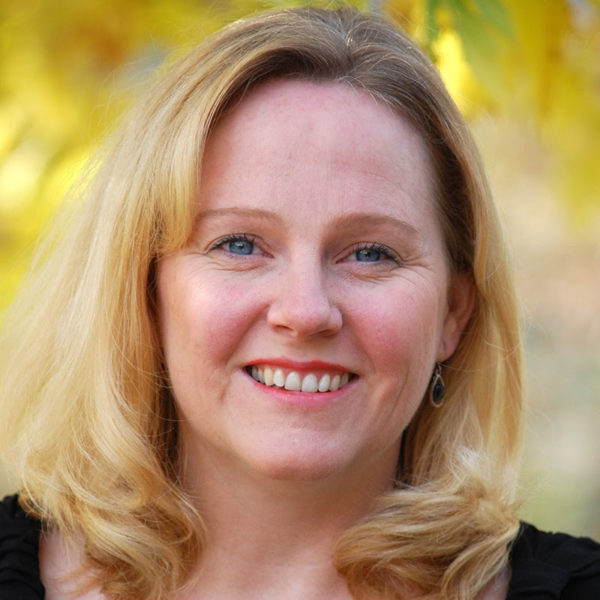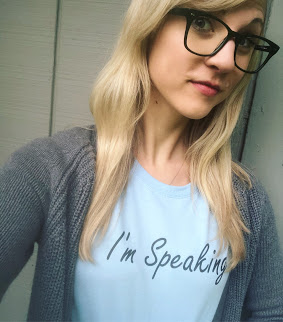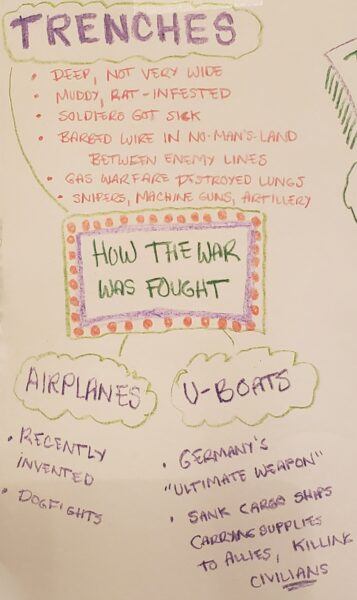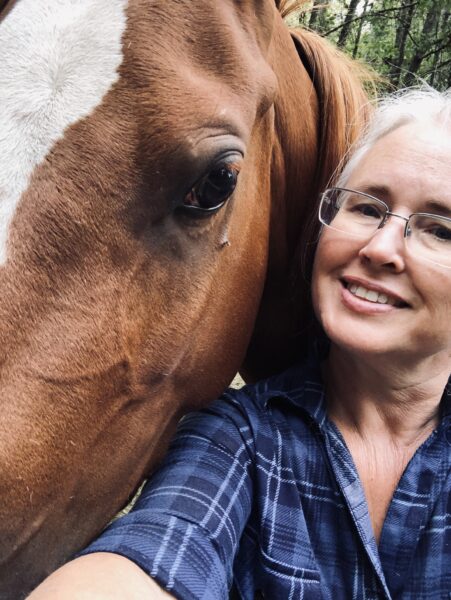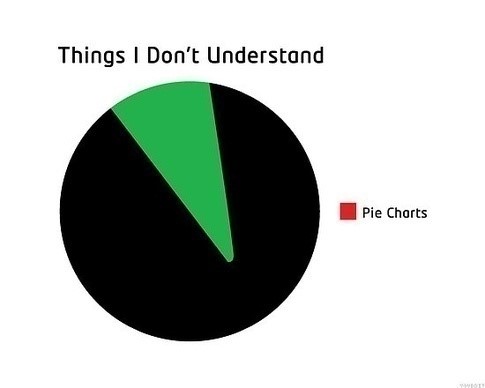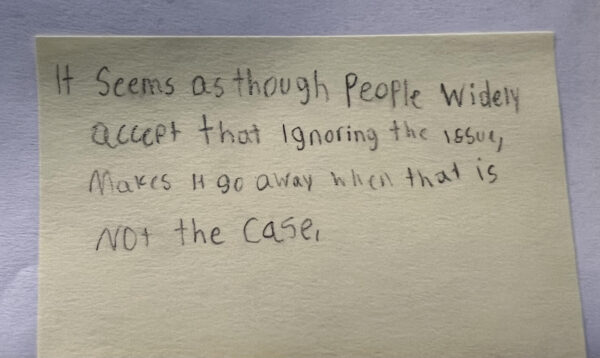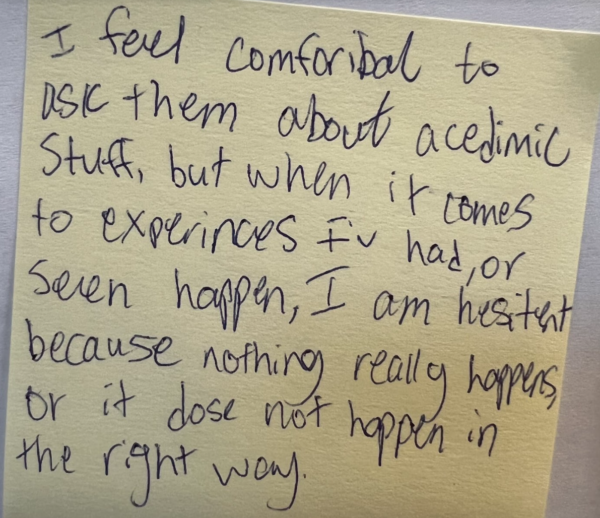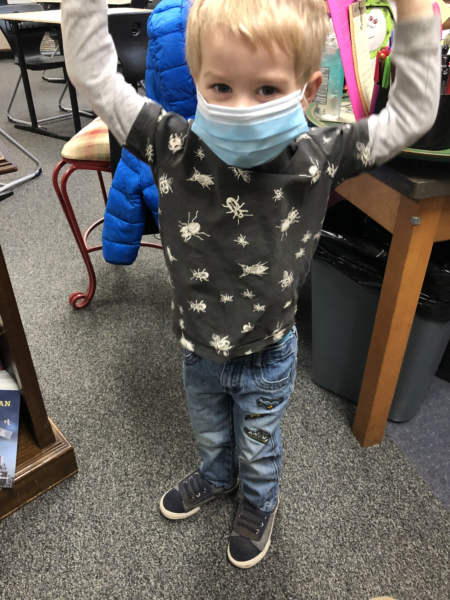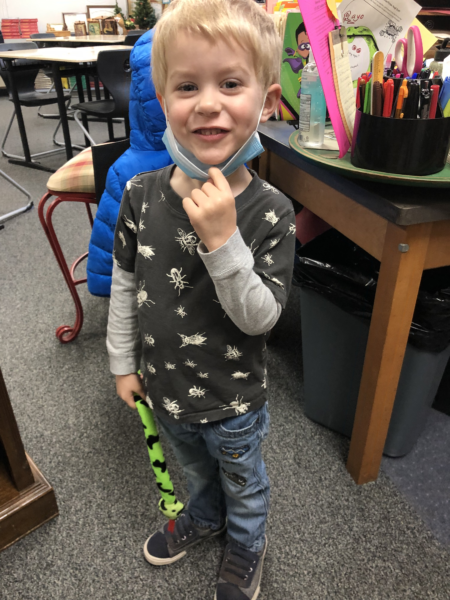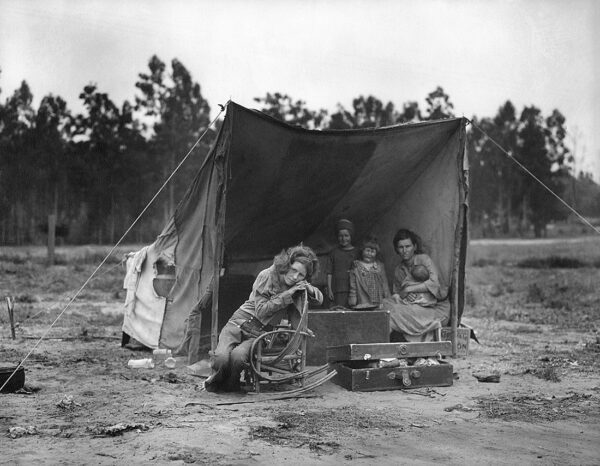A recent Professional Development training had to do with Multi-Disciplinary Support Services (MTSS). The goal was to adjust and strengthen our current MTSS systems to create equitable opportunity and access to instruction/supports for all students. It made me think of the most common group of twice-exceptional students that I teach: students identified as Highly Capable who are also identified as ADHD.
Obviously, I work with all my students on behavioral skills and organizational skills. But there are certain things I do that are specifically geared toward helping my ADHD students.
FIRST
Because ADHD is so common with my Highly Capable (HC) clientele, I set up my classroom each year specifically to address their needs. I learned 40 years ago that the bulletin boards are the most distracting things for that population in the classroom. The least distracting is the view out the window. Therefore, as much as possible, I put the bulletin boards directly behind the desks so the students have to turn around to look at them. The walls on the sides are as clean and clutter-free as I can make them.
Then I orient all the student desks to face the windows.
One of my principals came into my room in August the first year I was in his building. He saw the way I had set things up and asked, “Why are all your desks facing the window?”
I said, “If you were sitting in these chairs for hours every day, what would you rather be looking at—the window or the whiteboard?”
He agreed the window was more appealing. “But how do they see the board?” he asked, gesturing to the right.
“They turn to look at it.”
He was still confused. “But where is the front of the room?”
I walked around the room a bit, his head swiveling to look at me, and replied, “Wherever I am!”
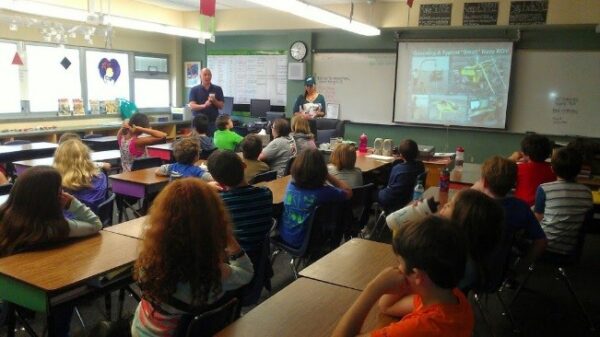
SECOND
I give my students something to do with their hands. Fidget spinners were wildly popular for a while, but I found them intensely distracting. I went to a conference and got a different idea. Before Covid-19, the bottom of each desk in my room had a square of soft, furry cloth taped to it. I didn’t announce that fact. The kids discovered it and told each other. I never noticed them using it. In fact, I thought the strategy was a dud, that no one was using it. Then one day I asked, “Does anyone ever use the cloth on the bottom of the desk to help calm down?”
Every single hand went up.
Post-Covid, I had to remove the cloths from the desks. My next idea was to wind really furry pipe cleaners around a desk strut—something personal that kids could remove and take home with them when we moved desks.
